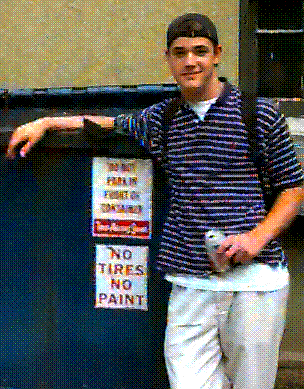
|
|
Rivers and River Sediments
All rivers begin as exess water flowing out of a lake
or as melted snow or rainfall that has been drained from the surrounding
area or mountains. The constant flowing of this exess water in turn forms
what we know as a river. A river mainly consist of two distinct parts,
the upper course and the lower course. The upper course, usualy where the
river has its origins, is usually where the currents are more rapid, therefore
disrupting the surface sediments that are then transported downstream and
eventually to an ocean or lake. There is also the lower course, this is
where the river nears its end at the sea. Here the current is slowed and
more sand, silt and mud is deposited in the river or the surrounding areas.
Usually the lower course lies on a vast flatland known as the flood plain.
Every few years, and sometimes months or weeks, a river naturally floods
its banks, which has a huge effect on the river itself and the land around
it. When flooding occurs, silt from the river is transported over its banks,
and when the water receeds a natural levee is left on both sides of the
river. Over time, after more flooding occurs, more and more silt and fine
sand is deposited over the banks, therfore continually adding onto and
building up this natural levee and creating firm ground next to the river.
Floods can also sometimes create swampy or marshy areas in the flood plain
with the ground being made up of mostly clay or organic materials. The
actual place where a river enters the ocean is called the delta. A river
delta is constantly being created and added onto by the mud, silt or sand
that is dumped by the river. As the delta grows the river somtimes divides
into several channels making their way to the sea. A river is known to
constantly change its course as it searches for the steepest and shortest
route to the sea. When a river is sucsesful in changing its path it will
form a new delta, therefore causing the old delta to disappear, becoming
victim to wave erosion and subsidence. Subsidence is the constant sinking
of the ground or surface and it occurs very rapidly when oil and gas deposits
are extracted beneath a delta and areas upstream. Subsidence today is a
major problem in the Mississippi River Delta and the city of New Orleans.
It has become a major problem, because when people build a house or building
in New Orleans, it begins to suffer within a few years for the sinking
of the ground around it.

|
|